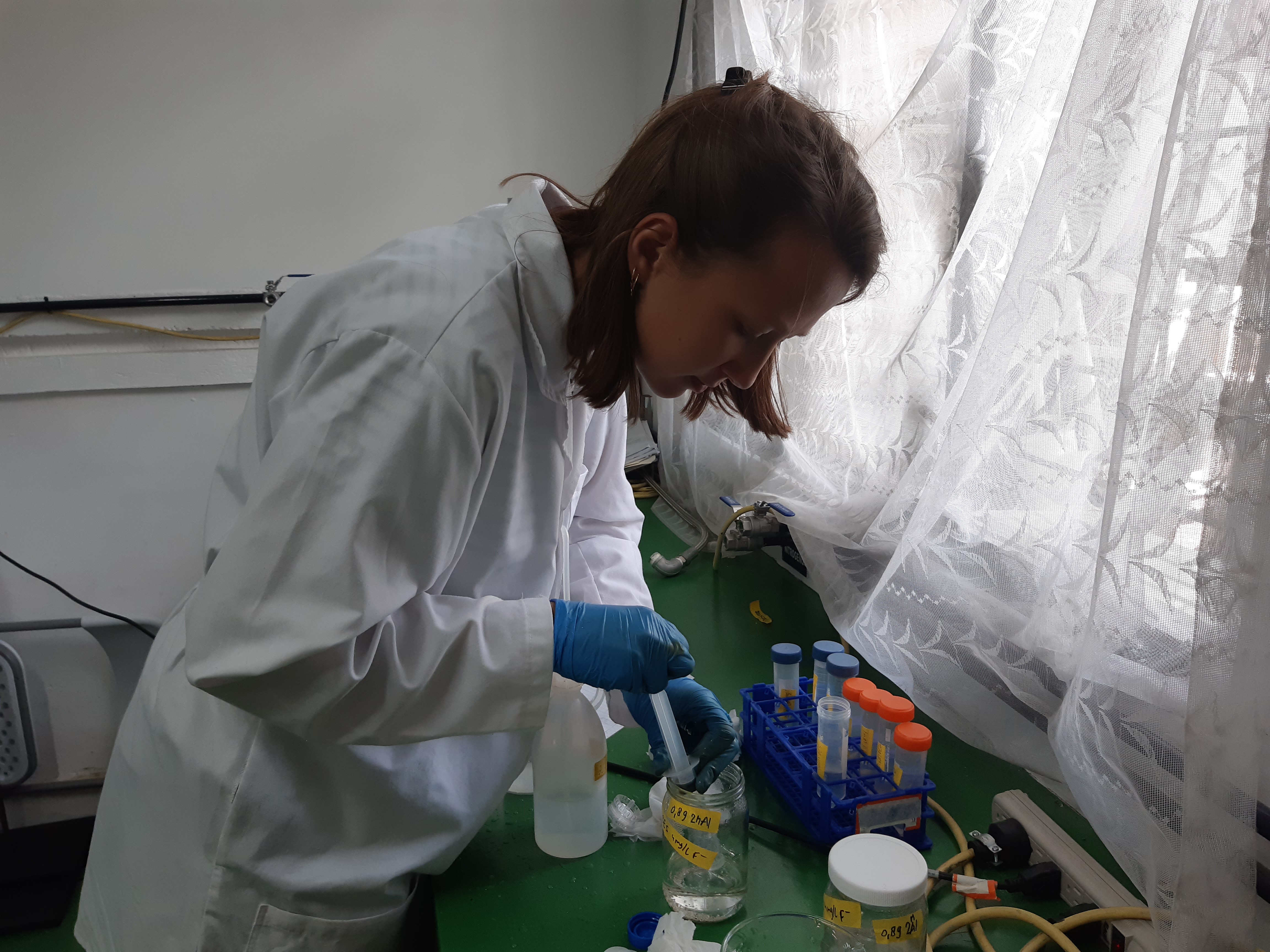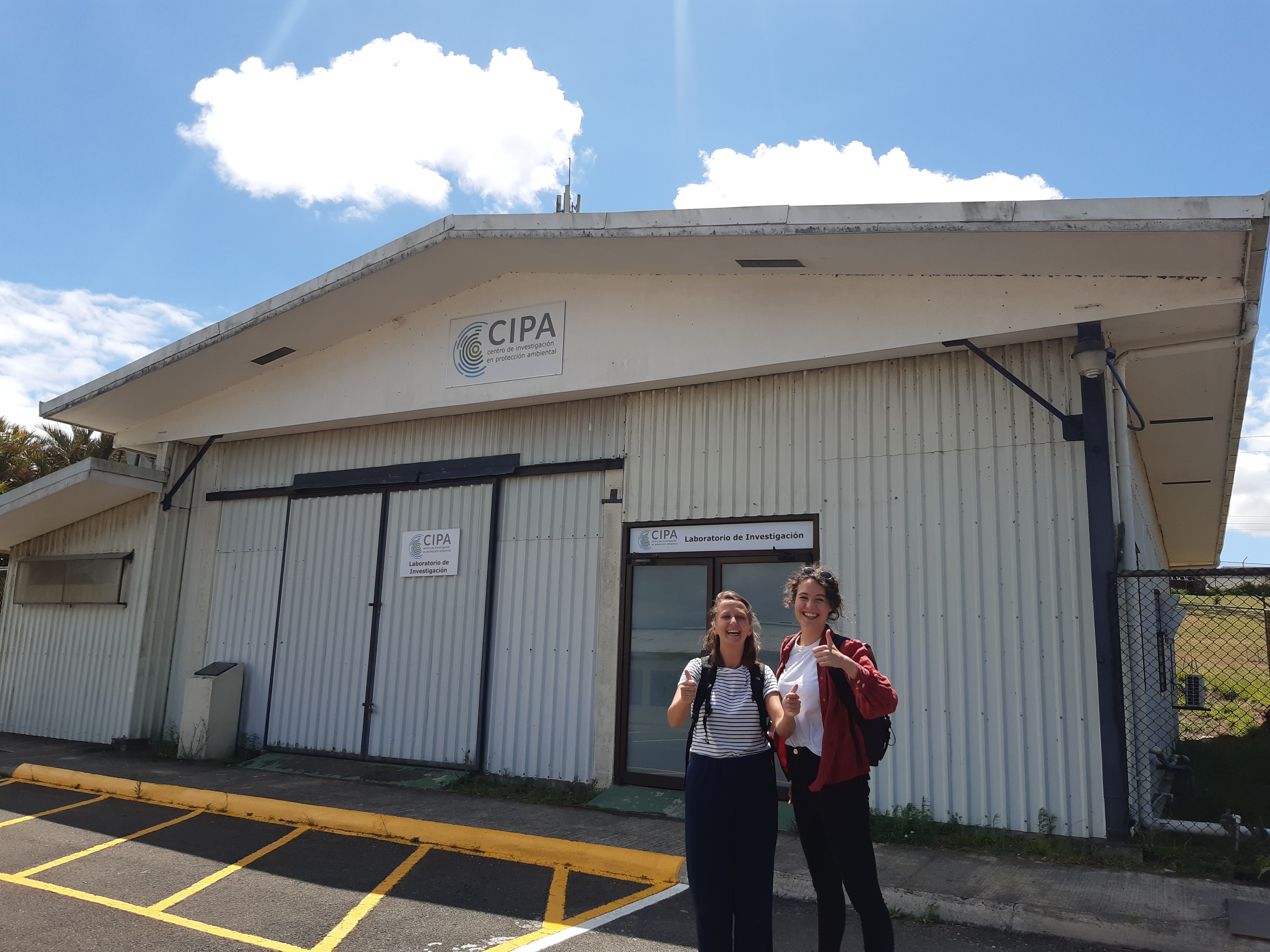Research on the removal of fluoride from aqueous solutions with modified pumice
During my bachelor I always wanted to go abroad, I was really curious to see what other universities and civil engineering projects are like across the world. To go to Costa Rica for my bachelor thesis seemed like the best way to finish my bachelor. Unfortunately, due to the COVID-19 outbreak we had to finish our projects sooner than planned.
Last February I travelled with two fellow students to Costa Rica. We all had our own research within water treatment at TEC (Tecnológico de Costa Rica). My research was about the removal of fluoride from aqueous solutions with modified pumice.
In low concentrations fluoride can have beneficial effects on teeth but in higher concentrations, it can cause crippling skeletal fluorosis, which is a cause of morbidity in several regions in the world. Therefore the World Health Organisation (WHO) suggests a guideline of 1.5 mg*L-1 fluoride in drinking water. In Costa Rica, due to the dissolution of volcanic rocks, high concentrations of fluoride can be found in groundwater. And since a large amount of drinking water is accounted for by groundwater, large concentrations of fluoride can be found in drinking water. In one region a concentration of 2.6 mg*L-1 was found.
The aim of this research is to find a low-cost method that would be effective in the removal of fluoride from large volumes of water. In order for a adsorbent to adsorb fluoride well, first of all it is desired that the adsorbent has a high affinity towards fluoride, this would be aluminium, and secondly the adsorbent should have a high surface-to-volume ratio, this would be pumice. This would ensure a low-cost method since pumice is easily available in Costa Rica. Therefore, this research combined aluminium and pumice to adsorb fluoride.
The pumice was coated with four different concentrations of aluminium. After that, various tests were carried out. The objective of the first test was to learn more about what dose of pumice should be used in further tests. During the second test, which was actually to learn what coating would be best, it was found that the pH changed. Therefore another test had to be done to learn about the effect of a buffer in order to keep the pH stable. It was found that a BES-buffer would work sufficient.
With the results from these tests more research can be done in the use of pumice in combination with aluminium to remove fluoride from drinking water.
During the research I lived with a Costa Rican family near TEC and therefore had the chance to live like a real Costa Rican student and the chance to travel through this beautiful country on the weekends. I learned a lot of different things doing research on the other side of the world.
Soesja Brunink

